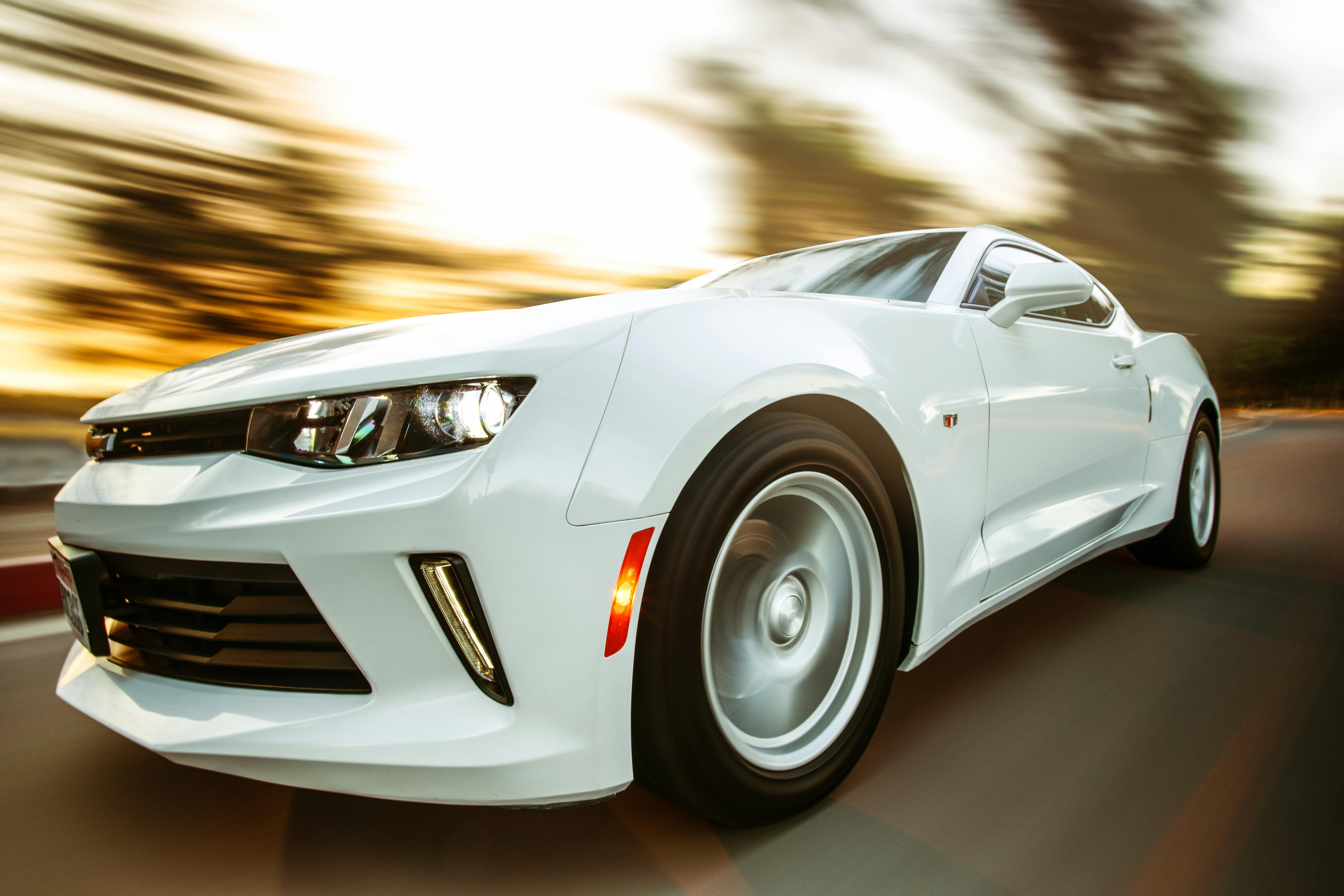When people talk about “cool cars,” what exactly do they mean? Great cars can come in all shapes and sizes, from the ultra-exotic Ferraris to the humble Beetle, so obviously there is no exact formula by which a great car can be built. Legendary cars all have one thing in common, and that is something unique that sets them apart from the competition. Whether it’s an amazing performance or a huge fan base, everyone has their own instantly recognizable identity.
The first steps towards a great car should be started by any number of people, rave reviews from automotive journalists, word of mouth from owners, intense media publicity, high-profile roles in movies, or just plain old. capturing the imagination of the public.
Almost all the models from manufacturers like Lamborghini, Ferrari and Porsche could be considered in some way a great car, but it is the true icons of the engine like the Testarossa, Countach and 911 that stay on everyone’s mind, why?
The Testarossa was one of the most excessive and angular Ferraris of all time. The car was designed specifically for the materialists of the 80s and is considered by many designers to be one of the most vulgar Ferraris of all time. But to this day call anyone ‘Ferrari’ and almost inevitably the Testarossa is one of the first models to come to mind. It’s his uncompromising excess that makes him great.
The Countach epitomizes Lamborghini’s outrageous design philosophy, ridiculous rear views, completely unreasonable ergonomics, and radical wedge proportions were the traits that helped secure the Countach’s place in the automotive hall of fame, there is nothing quite so impractical.
Porsche, on the other hand, has shaped the legendary 911 for decades, refining and reshaping the car to make it one of the most responsive and competent supercars on the planet. The 911’s greatness was assured by its long-lasting sales performance, relative affordability, and natural appearance.
But what about cars like the Volkswagen Beetle? This car has all the wrong ingredients. First of all, it was designed by Adolf Hitler, not a good start. It has a very basic air-cooled engine, and it was designed to be so common and basic that everyone could have one. Well, this is where it differs from most cars. The Beetle was SO popular and affordable, its built-in simplicity that allowed for many modifications turned out to be its main draw. A huge fan base has built up around the Beetle, following its image of street surfer cred. The Beetle lives in a land where performance is not an issue, customization and laid-back fun are.
So engineering, style, performance, personality, and charm all play a role in creating a great car – you don’t need them all, but you do need at least one. But what about a story? One of the most important ingredients of a great car is a good story, one that people can relate to or find interesting and therefore remember forever.
The history of the Ford GT40 comes to mind immediately. The GT40 was a great looking car, but it is the story of David and Goliath, defeating Ferrari four times in a row at Le Mans in the late 1960s is something many have heard, and it is one of the defining characteristics of the GT40. The story completes the car. If he had lost four times in a row, would his place in history be assured?
So what about future icons? Unfortunately, modern companies are increasingly influenced by profit margins and bureaucratic red tape, this is true in the automotive world more than in almost any other market. Large companies often pre-plan the life of models so that they can sell the next model in a few years. Hardly an environment conducive to producing legends. However, some manufacturers, especially smaller ones, rely on superior quality as one of their main selling points. Starting to lower their standards, until now, would be market suicide.
So the bottom line is that there is no formula, the predictions are erratic, and there will always be some “big cars” on the rise. We still don’t know exactly what they are. But it is we, the public, who finally decide.
